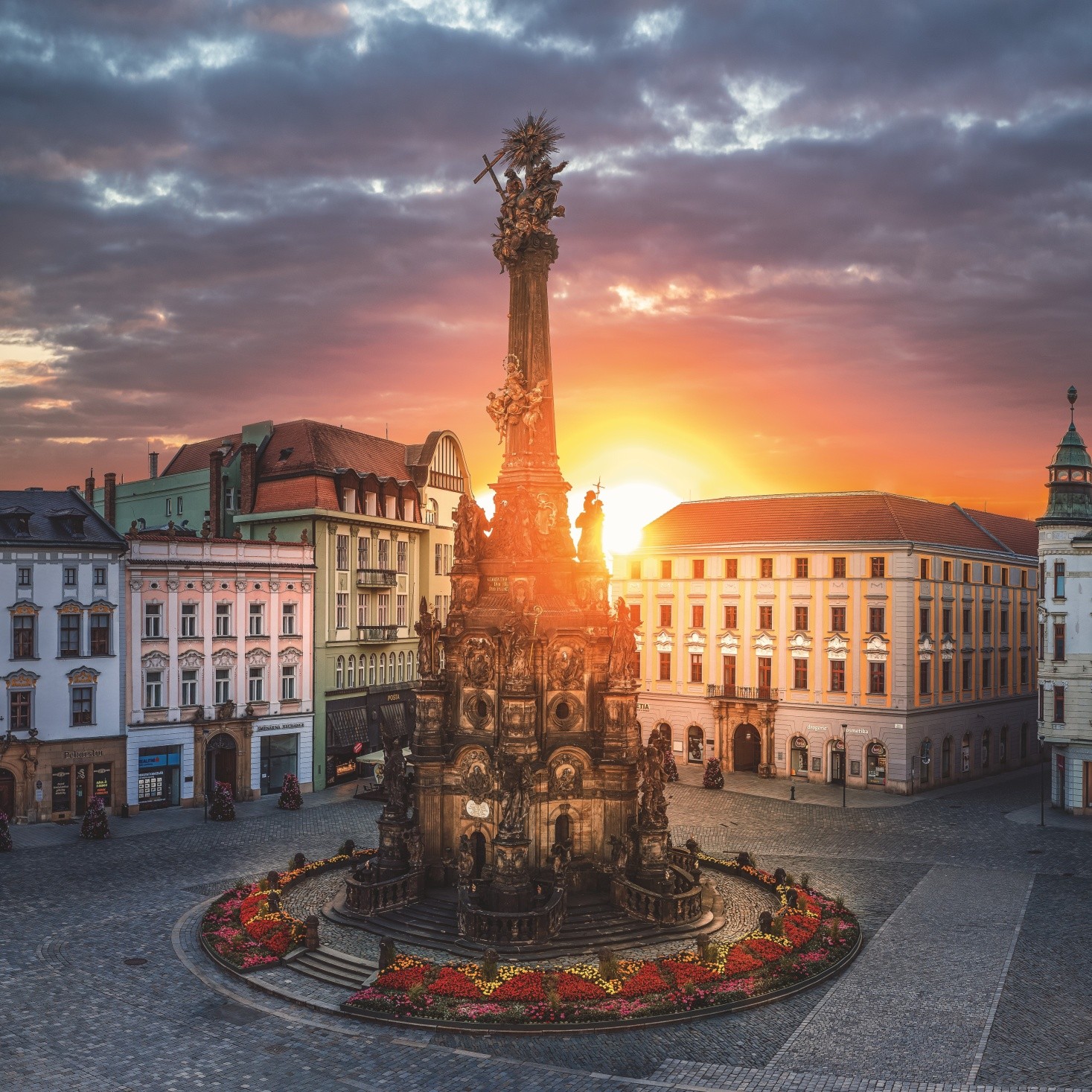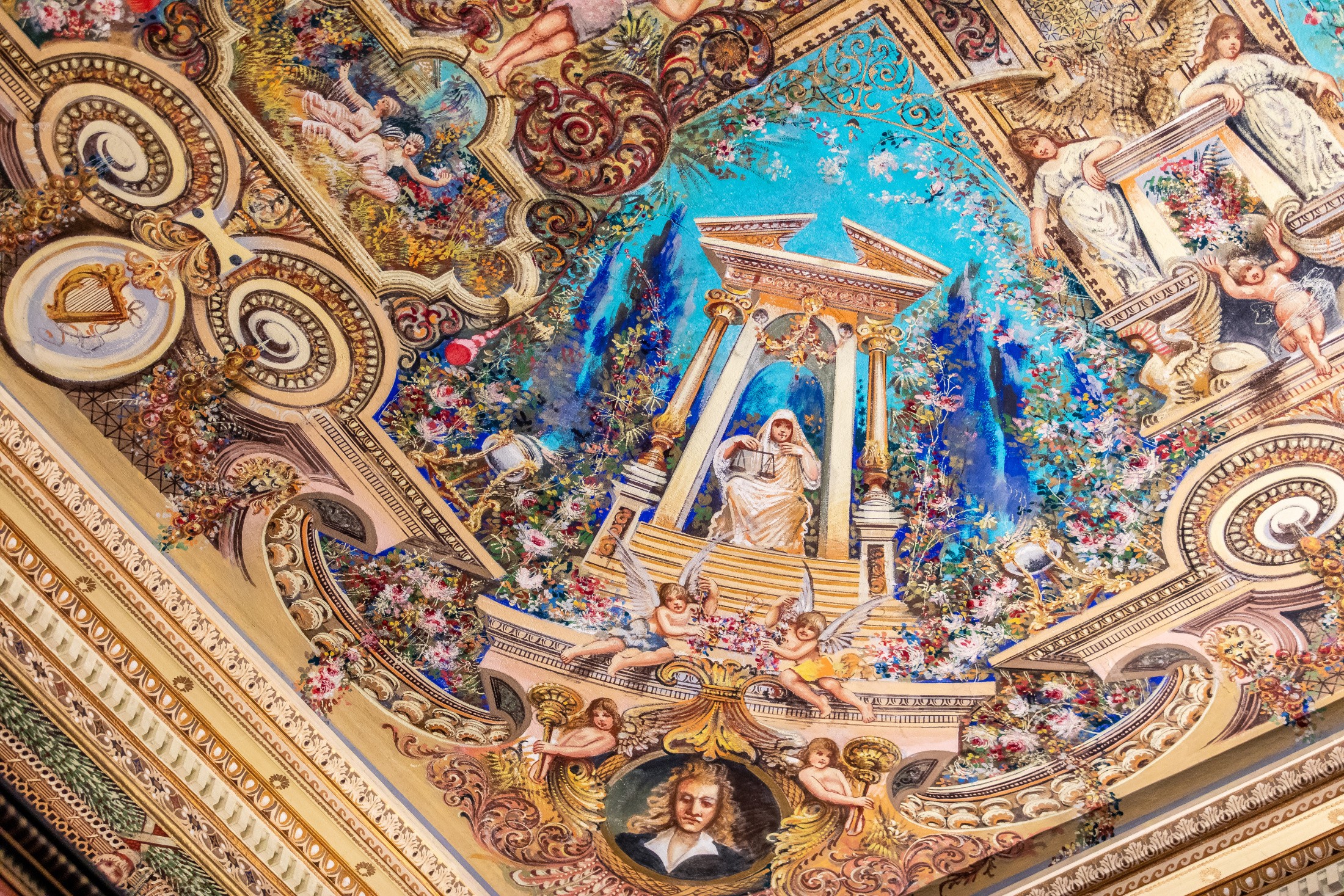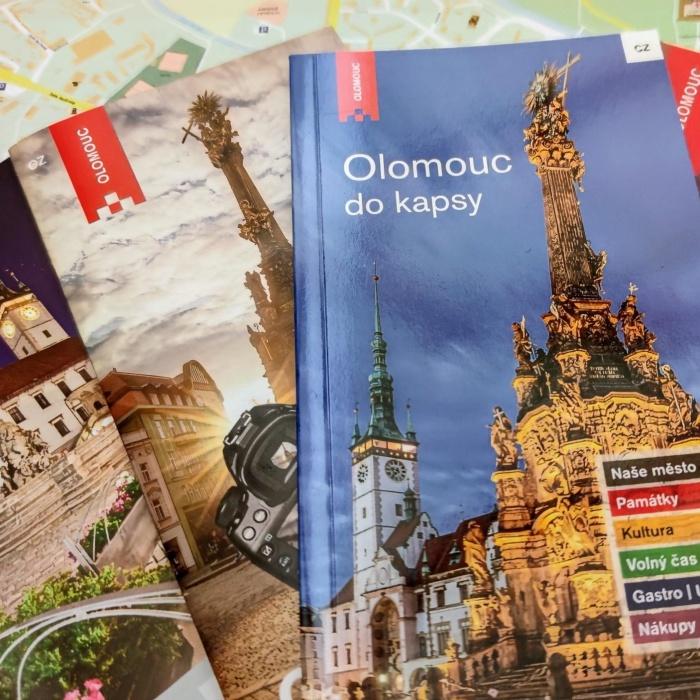Basic information
The Late Gothic Church of The Immaculate Conception of the Blessed Virgin Mary in today’s Sokol Street was originally built as a church of the Franciscan Monastery.
The monastery and the Church with the typical Franciscan sanctification were built at the initiative of the charismatic preacher and vicar general of Conventual Franciscans, Saint John of Capistrano in the years 1454-1468. By the mid 15th century Olomouc had become a strategic point of Capistrano’s missionary journeys to the Czech lands. The preacher visited the city in 1451 and 1454. His preaching against Utraquists and Jews found fertile soil here, and in 1454 Jews were expelled from all Moravian royal cities, including Olomouc. The church was consecrated in 1468 in the presence of King Matthias Corvinus. The Franciscan Convent further continued in Capistrano’s missionary task.
The church has a simple structure, which is typical for the Franciscan buildings. It is likely that the monastery with its church was built by the city building works, which built The Parish Church of St. Maurice at the same time. Although the Church Of The Immaculate Conception was built in the mid-15th century, the three-naved structure on a square plan has only a simple cross vaulting. More interesting, however, is the pyramidal roof of the church, as well as interior decoration with a few late Gothic wall paintings (such as Our Lady of the Rosary which dates from 1500 in the south aisle of the church, or the scene of the battle of Belgrade which occurred on July 22nd, 1456, shown at 46 m2 on the north wall of the presbytery). After 1525, the monastery with the church and adjoining suburbs of Bělidla were attached to the inner city due to a new line of city walls. An Early Baroque Chapel of St. Anthony of Padua was added to the church on the south side in 1653. Only a part of a cloister with original vaults has survived from the late Gothic period. The remaining part of the cloister was vaulted over in the Renaissance. The whole monastery was rebuilt in Baroque style in 1743. The church and the monastery underwent reconstruction in the nineties of the 20th century. Construction work was accompanied by an archaeological survey, which yielded many interesting findings. It was revealed, for example, that, over many centuries believers trod unwittingly on Jewish gravestones used during construction as a building material for the floor in the monastery church.
At present, the monastery with the church belongs to a Dominican Convent, also active at St. Michael.

















